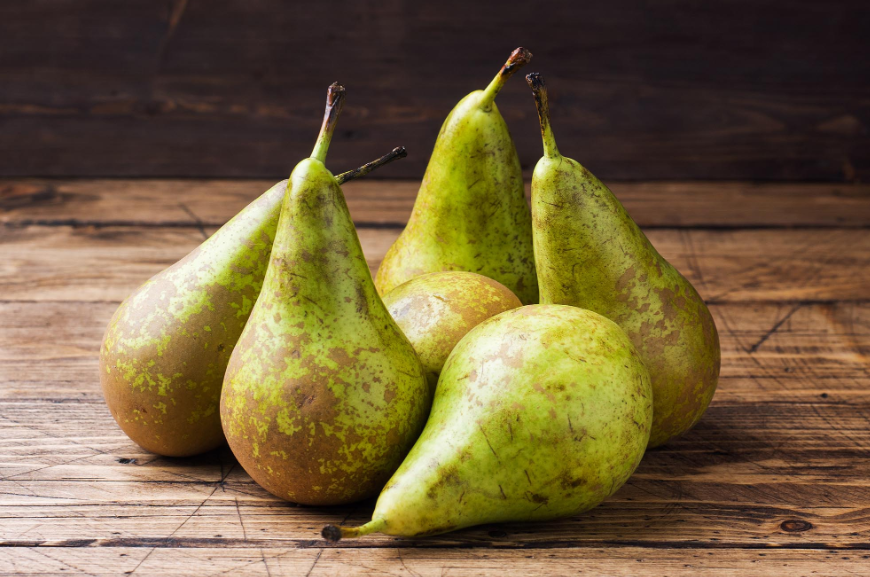If you’re a fruit lover, you might be curious about Australia National Fruit. Unlike other countries that have commonly known fruits like the apple (USA) or the banana (Philippines), Australia’s national fruit is a little-known fruit called the Riberry. In this article, we will delve into everything you need to know about Riberry, from its appearance and taste to its health benefits, culinary uses, and cultural significance.
Riberry, also known as Syzygium luehmannii, is a native Australian fruit that is small and round, about the size of a cherry. It is a member of the myrtle family and is closely related to other popular fruits like guava and cloves. Riberry has a bright red color and is covered in small white bumps. It is prized for its unique flavor profile, which is a mix of sweet, tart, and slightly spicy notes.
Appearance and Taste
Riberry is a small fruit that measures about 10-15 millimeters in diameter. It has a thin, delicate skin that is edible and has a slightly chewy texture. The fruit’s flesh is soft, juicy, and white, and contains a small seed in the center. When ripe, Riberry has a bright red color and is covered in small white bumps that give it a distinctive appearance. In terms of taste, Riberry is often described as having a mix of flavors, including sweetness, tartness, and a slight spiciness.
Where is Riberry Grown?
Riberry is a native fruit of Australia and is commonly found in the eastern coastal areas of New South Wales and Queensland. It is also known to grow in the rainforests of northern Australia. Riberry trees grow in humid, subtropical climates and are usually found in damp areas near streams or other sources of water.
Nutritional Value
Riberry is packed with nutrients and is an excellent source of vitamins and antioxidants. A 100-gram serving of Riberry contains 53 calories, 1 gram of protein, 0.2 grams of fat, and 14 grams of carbohydrates. It is also a good source of vitamin C, calcium, and iron.
Health Benefits
Riberry has several health benefits that make it a great addition to your diet. It is rich in antioxidants, which help to protect your cells from damage caused by free radicals. The fruit is also high in vitamin C, which helps to boost your immune system and improve skin health. Additionally, Riberry contains calcium and iron, which are important minerals that support bone health and blood circulation.
Culinary Uses
Riberry is a versatile fruit that can be used in both sweet and savory dishes. The fruit is often used to make jams, jellies, and sauces. It can also be used in desserts like pies, tarts, and cakes. In savory dishes, Riberry can be used as a substitute for cranberries or cherries in sauces for meats like chicken, pork, and lamb.
Riberry in Indigenous Culture
Riberry has a long history in Australian Indigenous culture and has been used for both culinary and medicinal purposes for centuries. The fruit is also used in traditional ceremonies and is often referred to as “lillipilli” or “yumberry” by Indigenous Australians. The leaves and bark of the Riberry tree are also used for medicinal purposes, including as a treatment for headaches, colds, and stomach pains.
How to Select and Store Riberry
When selecting Riberry, look for fruits that are plump, bright red, and free of blemishes or soft spots. Riberry is highly perishable and should be eaten or used within a few days of purchase. If you need to store Riberry, keep it in the refrigerator in a tightly sealed container.
How to Incorporate Riberry into Your Diet
There are many ways to incorporate Riberry into your diet. You can eat it fresh as a snack, add it to smoothies, or use it to make sauces, jams, or desserts. Riberry also pairs well with meats like chicken, pork, and lamb, and can be used as a flavoring in marinades or rubs.
Fun Facts About Australia National Fruit
- Riberry is also known as “small-leaved lilly pilly” and “cherry satinash” in some parts of Australia.
- The fruit is said to have a complex flavor profile that includes notes of clove, cinnamon, and nutmeg.
- Riberry is a popular ingredient in traditional Australian bush foods and has been used by Indigenous Australians for thousands of years.
FAQs
- Is Riberry only found in Australia?
Yes, Riberry is a native fruit of Australia and is primarily found in the eastern coastal areas of New South Wales and Queensland.
- What does Riberry taste like?
Riberry has a mix of sweet, tart, and slightly spicy flavors and is often described as having a complex flavor profile.
- What are the health benefits of Riberry?
Riberry is high in antioxidants, vitamin C, calcium, and iron, all of which provide several health benefits, including boosting the immune system and supporting bone and blood health.
- How do you use Riberry in cooking?
Riberry is a versatile fruit that can be used in both sweet and savory dishes. It can be used to make jams, jellies, sauces, desserts, and can be paired with meats like chicken, pork, and lamb.
- Is Riberry easy to find in supermarkets?
Riberry is a relatively unknown fruit outside of Australia and may not be readily available in supermarkets. However, it can be found at specialty stores or purchased online.
References
- Australian Native Food Industry Limited. (n.d.). Riberry. https://www.anfil.org.au/native-australian-foods/fruits/ribery/
- Australian Plants Society NSW. (2020). Syzygium luehmannii – Riberry. https://www.austplants.com.au/Syzygium-luehmannii-Riberry
- Department of Agriculture, Water and the Environment. (2018). Australian Tropical Fruit. https://www.agriculture.gov.au/abares/research-topics/agricultural-outlook/2018/atfp


Pingback: The Importance of Fruits in Australian Cuisine - I am Sam